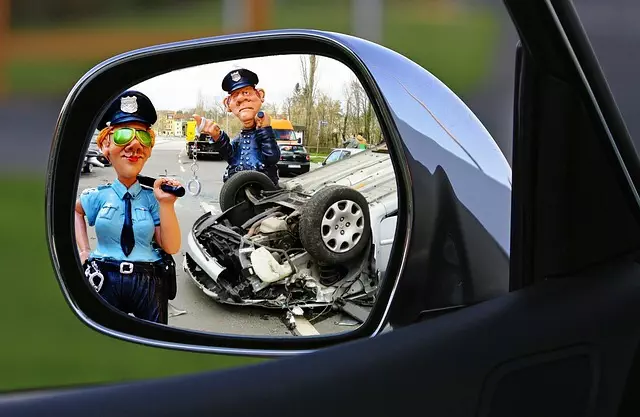In Brooklyn and Manhattan, understanding product defect lawsuits is vital for cyclists. As equal road users, cyclists have rights, but defective products can lead to accidents and injuries. Documenting evidence is crucial for pursuing legal action against manufacturers or retailers. Brooklyn's legal framework guides cyclists' claims for compensation. In Manhattan, cyclists enjoy specific rights, like a full right of way in certain scenarios, while adhering to traffic rules and prioritizing clear signaling with vehicles turning right.
“In Brooklyn, product defect lawsuits are a significant concern for cyclists, who face unique challenges on the road. This comprehensive guide aims to demystify product liability claims, focusing on defects in bicycles and their impact on rider safety. We explore Brooklyn’s legal landscape, specifically addressing cyclist rights of way in Manhattan—a crucial aspect for navigating city streets. By understanding your protections and responsibilities, cyclists can make informed decisions, ensuring a safer riding experience while aware of potential legal avenues.”
- Understanding Product Defect Lawsuits in Brooklyn: A Comprehensive Guide for Cyclists
- Cyclist's Right of Way in Manhattan: Navigating Legal Protections and Responsibilities
Understanding Product Defect Lawsuits in Brooklyn: A Comprehensive Guide for Cyclists

In Brooklyn, understanding product defect lawsuits is crucial for cyclists who want to protect their rights and stay safe on the roads. Cyclists in this bustling metropolis have a right of way, just like any other vehicle operator. However, when a defective product causes an accident or injury, it’s essential to know that legal recourse exists. Product defects can range from poorly designed bicycles to malfunctioning components, and cyclists injured due to such defects may seek compensation for their medical bills, pain and suffering, and other related expenses.
Brooklyn’s legal landscape provides a comprehensive guide for cyclists facing product defect claims. In terms of cyclist rights, state laws and local ordinances often dictate the right of way in various scenarios, ensuring equal safety for all road users. If a defective product has caused an accident, documenting the evidence—from photos of the scene to expert opinions on the defect’s cause—is vital. This process enables cyclists to build strong cases and assert their rights, especially when dealing with manufacturers or retailers who may be held liable for distributing unsafe products.
Cyclist's Right of Way in Manhattan: Navigating Legal Protections and Responsibilities

In New York City, especially in densely populated areas like Manhattan, cyclists have specific rights and responsibilities. When it comes to navigating the streets, understanding the cyclist’s right of way is crucial. According to local laws, cyclists are granted the same rights and duties as motorists, meaning they must follow traffic signals, lane markings, and other road rules. However, they also have the right to occupy a full lane when necessary, especially when passing other vehicles or preparing for a left turn.
In situations where a cyclist encounters a vehicle turning right, the cyclist typically has the right of way. This is because drivers are expected to yield to cyclists in these scenarios. Cyclists should nonetheless exercise caution, signaling their intentions clearly and ensuring they are visible to drivers. By understanding and adhering to these legal protections, cyclists can enhance their safety while navigating Manhattan’s bustling streets.
Cyclists navigating Brooklyn’s roads face unique challenges, especially when it comes to product defects. Understanding your rights under product defect laws is crucial for ensuring safety and seeking justice. The guide has highlighted the legal protections available to cyclists in Manhattan regarding their right of way, emphasizing the importance of knowledge and awareness. By recognizing potential product flaws and familiarizing themselves with legal options, cyclists can actively contribute to a safer riding environment and protect their interests effectively.
